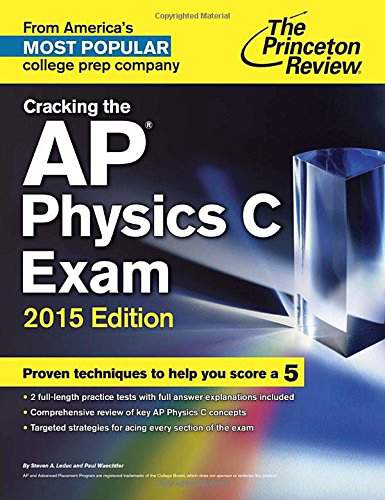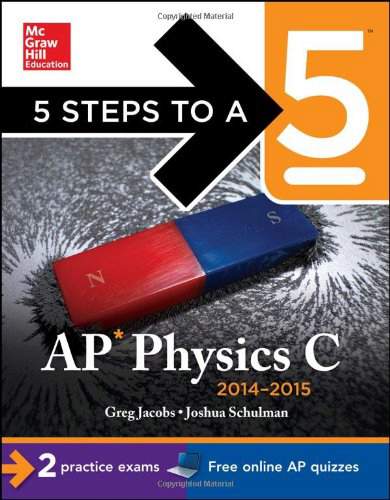Starting up...

This is a quick preview of the lesson. For full access, please Log In or Sign up.
For more information, please see full course syllabus of AP Physics C: Mechanics
For more information, please see full course syllabus of AP Physics C: Mechanics
AP Physics C: Mechanics Describing Motion I
Lecture Description
Motion, or kinematics, is one of the most basic yet most useful sections in all of mechanics; you will take what you learn here and apply it to countless problems in the mechanics world. Here, we discuss the elements you’ll deal with in kinematic problems, such as the velocity vector, speed, and acceleration. Combined with mass, these are the backbone elements of mechanics. A bit of warning beforehand is to be aware of units! Unless otherwise stated, you should deal with kilograms (kg) for mass, meters (m) for displacement, and seconds (s) for time. These are the most universally used units in all of physics, so it’s important to remember what they are. Next, we’ll continue our discussion on kinematics in greater detail.
Bookmark & Share
Embed
Share this knowledge with your friends!
Copy & Paste this embed code into your website’s HTML
Please ensure that your website editor is in text mode when you paste the code.(In Wordpress, the mode button is on the top right corner.)
×
- - Allow users to view the embedded video in full-size.
Next Lecture
Previous Lecture














































1 answer
Thu Oct 10, 2019 10:55 AM
Post by Cyrus Seyrafi on October 10, 2019
Does that mean that average speed is not equal to the magnitude of average velocity?
1 answer
Fri Jun 9, 2017 6:25 PM
Post by K Lee on June 9, 2017
For 3.5Q on the AP Physics C Companion: Mechanics book, I think you meant t=1s and t=6s, not t=1s and t=5s, unless I am misreading.
I didn't know where else to post this. Thanks!
1 answer
Tue Dec 1, 2015 8:25 AM
Post by Jim Tang on November 30, 2015
In Example 7, Q2, how come you took "distance traveled" to mean displacement, even though it's understood somewhat. I thought we were supposed to distinguish between them, as you pointed out earlier in the lecture.
1 answer
Last reply by: Jesse Lefler
Wed Sep 9, 2015 6:11 AM
Post by David Schaller on September 8, 2015
At 19:24 why is it 2tcubed over three? I don't quite follow.
1 answer
Mon Sep 7, 2015 5:09 PM
Post by Shehryar Khursheed on September 7, 2015
Where are the practice problems at the end of the lesson? That is, problems that I can do individually rather than you going over it in the lectures.
1 answer
Thu May 7, 2015 5:47 AM
Post by Joshua Bowen on May 6, 2015
Hey i can not see the lecture it says error 2302
1 answer
Last reply by: SH L
Sun Mar 15, 2015 11:40 AM
Post by Lily Lau on March 15, 2015
At 12:19 for instantaneous velocity. Should the graph have the axis with respect to V instead of X ?
1 answer
Sat Mar 14, 2015 11:43 AM
Post by Hlulani Rikhotso on March 14, 2015
where can i get ap physics c past question papers
1 answer
Thu Jan 8, 2015 12:46 PM
Post by Isaac Martinez on January 8, 2015
Download lectures?
1 answer
Sat Dec 27, 2014 12:39 PM
Post by Jaime De Vizcarra on December 27, 2014
In the example VII: Tortoise and Hare, shouldn't the acceleration of the hare at 40s be a negative value since it is decelerating? {(2.5(m/s)-8(m/s)}/(40s)= -0.1375 m/s^2
1 answer
Sun Dec 7, 2014 3:12 PM
Post by Dawud Muhammad on December 4, 2014
hey professor,other than these vids, what else can i do to sharpen my skills..??
1 answer
Sat Sep 20, 2014 9:08 PM
Post by hasan lopez on September 20, 2014
Can you post some practice problems so we can apply what we learned